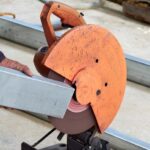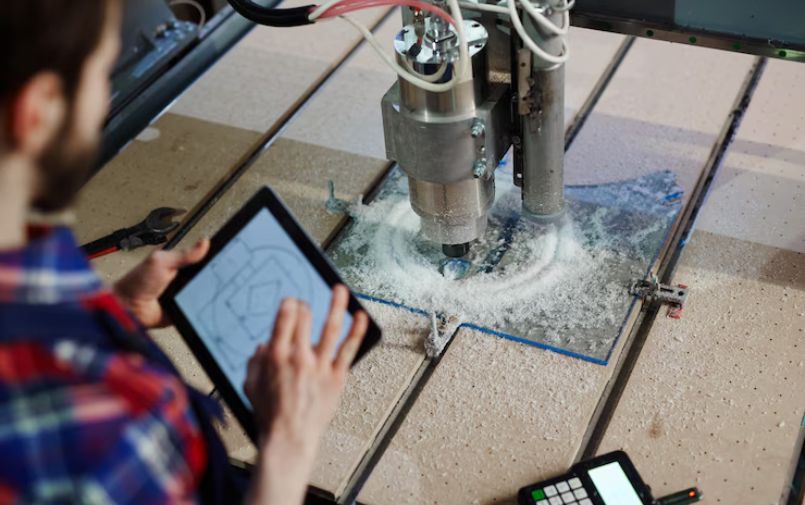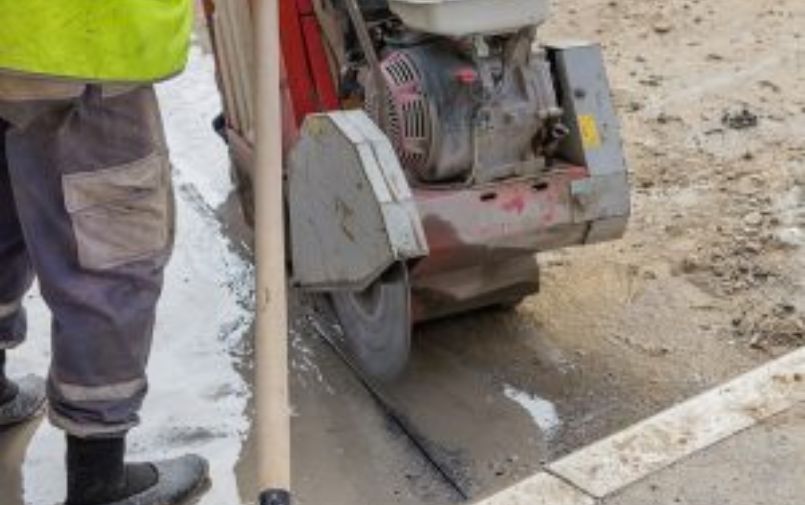Pros and Cons of Wet and Dry Concrete Cutting
When cutting, drilling, or grinding concrete, there are two primary approaches for controlling dangerous concrete dust: wet cutting and dry cutting. Knowing when to utilise each approach is critical for improving safety, selecting the correct tools, maintaining saws and drills, and controlling environmental implications.
Being the best concrete cutting companies in Dubai, UAE & Saudi Arabia, Etlad is here to guide you to the differences between wet and dry concrete cutting and help you choose the right method for your project.
What are the risks of concrete dust?
First and foremost, concrete dust is extremely detrimental to your health. Silica dust from concrete is so thin that it enters the lungs and cannot be fully evacuated, resulting in silicosis. Silicosis can develop into lung cancer and is extremely difficult to treat. Cutting concrete indoors with limited airflow increases the danger of silicosis, thus proper precautions must be followed.
What is wet cutting?
Wet concrete cutting uses a continuous spray of water directed at the cutting surface to keep concrete-cutting dust from becoming airborne.
Benefits of Wet Concrete Cutting
- Better Dust Control: As previously stated, wet concrete cutting helps to limit the quantity of dust and debris generated during the cutting process. This makes it a better option for inside applications or situations where dust control is important.
- Quieter: Wet concrete cutting is often quieter than dry cutting, making it an excellent alternative for projects in residential areas or other noise-sensitive areas.
- Slower Cutting Speed: Wet concrete cutting is slower than dry cutting, but this is generally offset by the method’s other advantages.
The disadvantages of wet concrete cutting
- Slower Cutting Speed: As previously stated, wet concrete cutting is slower than dry cutting, making it less efficient for large projects.
- More water supply: Wet concrete cutting necessitates a water supply, which can be a challenge for projects in isolated areas or where water is limited.
What is Dry Concrete Cutting?
Dry concrete cutting refers to cutting concrete without the use of water. This method is commonly utilised for outdoor tasks or when speed is important. Dry cutting is faster than wet cutting, but it produces a large amount of dust and waste.
Advantages of Dry Concrete Cutting:
- Faster cutting speed: Dry concrete cutting is faster than wet cutting, making it ideal for larger projects or those with tight deadlines.
- No water supply needed: Dry concrete cutting does not require a water source, making it an ideal solution for projects in isolated areas or where water is limited.
The disadvantages of dry concrete cutting
- Dust and Debris: Dry concrete cutting produces a lot of dust and debris, making it a less ecologically friendly alternative and a potential safety risk for workers.
- Louder: Dry concrete cutting is often noisier than wet cutting, making it a less suitable option for projects in residential or other noise-sensitive regions.
What Method is Best for Your Project?
When deciding between wet and dry concrete cutting, you should consider the size and location of your project, environmental issues, and time limits. If you’re working on a small inside project and dust control is an issue, wet cutting can be a better option. If you’re working on a huge outdoor project with short deadlines, dry-cutting might be the way to go.
Finally, both wet and dry concrete cutting have advantages and disadvantages, and the optimum procedure for your project will be determined by several considerations. Etlad has experience with both procedures being the best concrete cutting companies in Saudi Arabia and UAE and will advise you on the best option for your job. Contact us today to learn more.






